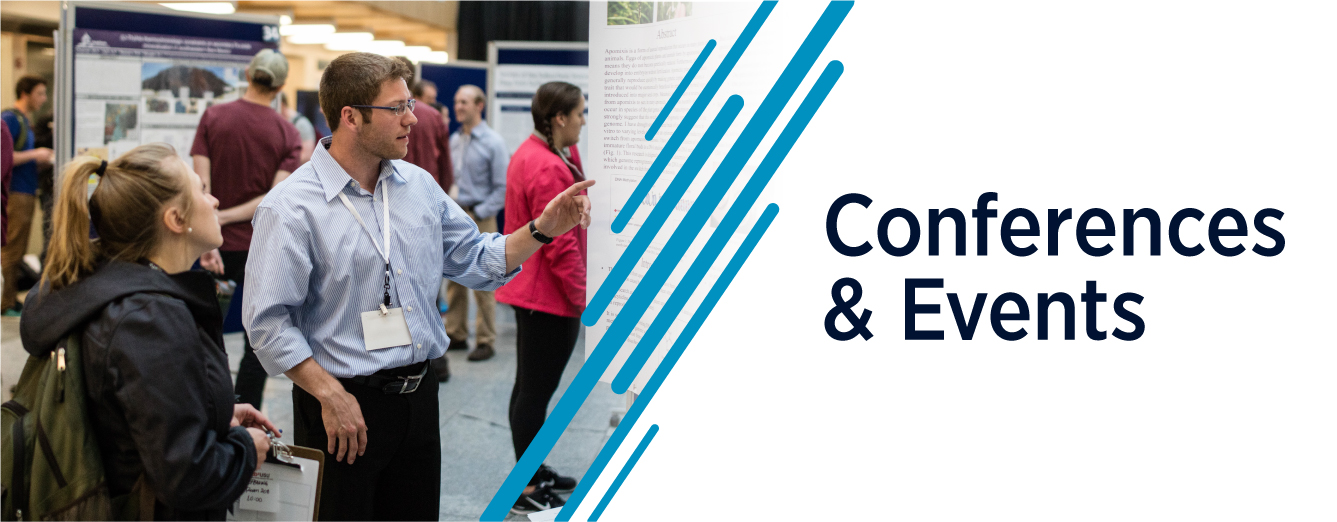Abstract
Superconducting Nanowire Single Photon Detectors (SNSPDs) can count individual photon hits with a very high efficiency, a very low dark count rate, and very fine time resolution. Since the output is naturally digital, they are an especially promising technology for space missions including NASA’s Origins Space Telescope and Large Interferometer For Exoplanets (LIFE). Over the past 5 years, significant progress has been made in the development of SNSPDs that can sense lower energy photons such as those in the mid-infrared, but the quantum efficiency of these devices remains poorly quantified. The Low Background Infrared (LBIR) facility at NIST has a cryogenic system that can reach 300 mK that is being developed as a test platform for spectral quantum efficiency calibrations of SNSPDs in the wavelength range of 3 μm to 25 μm. The system will include a mirror that can flip between the SNSPD under test and a reference Blocked- Impurity-Band (BIB) detector. The photon source is currently a laser fed through an optical fiber, but a future upgrade to the system will interface it to a second cryogenic chamber containing a source of the operator’s choosing.
Spectral Quantum Efficiency Calibration of Mid-Infrared Single Photon Detectors
Superconducting Nanowire Single Photon Detectors (SNSPDs) can count individual photon hits with a very high efficiency, a very low dark count rate, and very fine time resolution. Since the output is naturally digital, they are an especially promising technology for space missions including NASA’s Origins Space Telescope and Large Interferometer For Exoplanets (LIFE). Over the past 5 years, significant progress has been made in the development of SNSPDs that can sense lower energy photons such as those in the mid-infrared, but the quantum efficiency of these devices remains poorly quantified. The Low Background Infrared (LBIR) facility at NIST has a cryogenic system that can reach 300 mK that is being developed as a test platform for spectral quantum efficiency calibrations of SNSPDs in the wavelength range of 3 μm to 25 μm. The system will include a mirror that can flip between the SNSPD under test and a reference Blocked- Impurity-Band (BIB) detector. The photon source is currently a laser fed through an optical fiber, but a future upgrade to the system will interface it to a second cryogenic chamber containing a source of the operator’s choosing.
